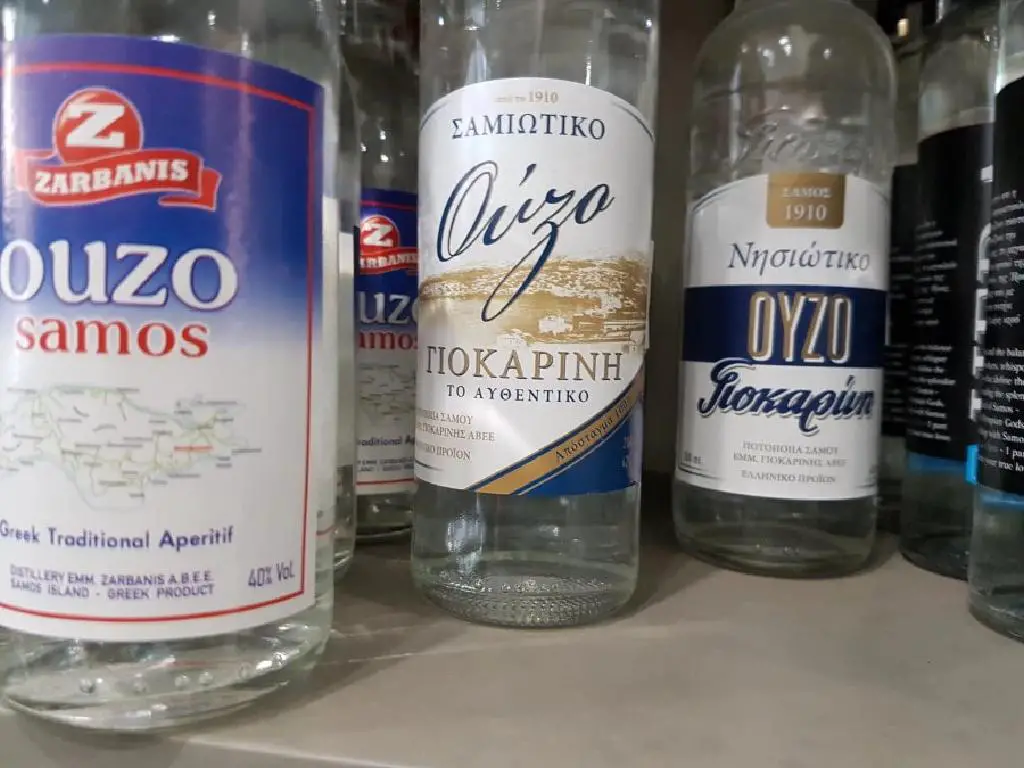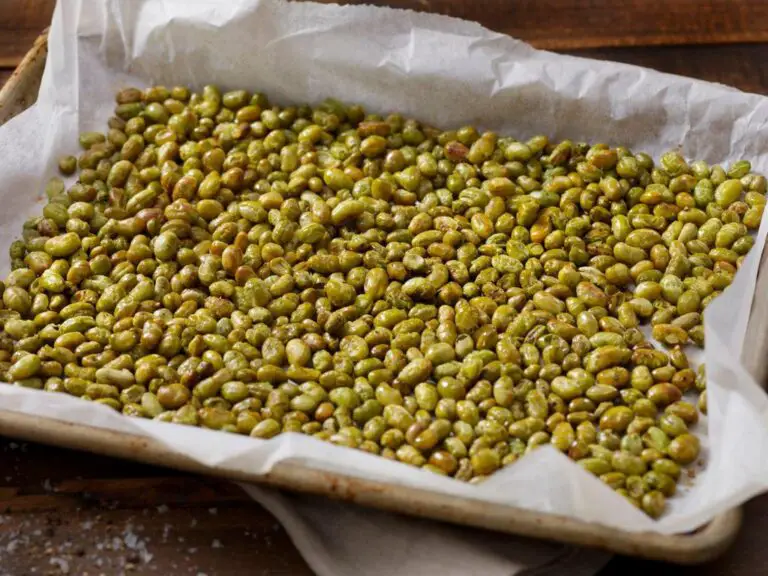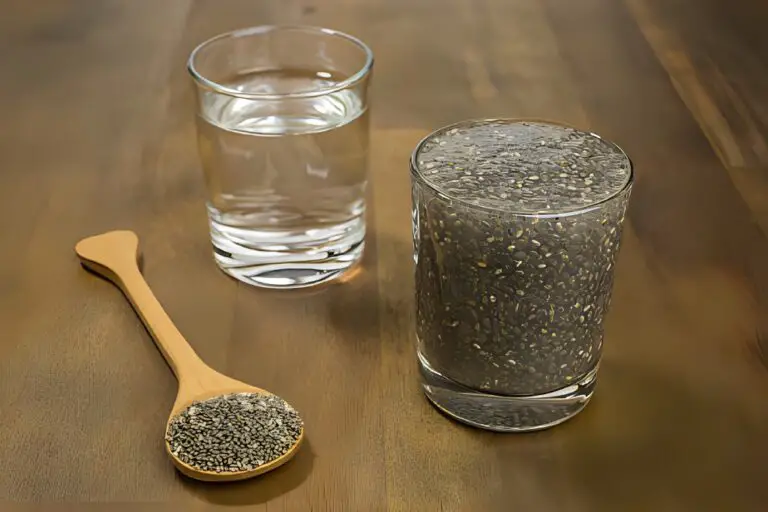What Does the Aperitif Ouzo Smell Like? (Scent of Greek in a Glass)

Get ready for a journey to Greece without ever leaving your home. Ouzo, the traditional Greek aperitif, has a scent that will transport you straight to the Mediterranean.
So, what does the aperitif ouzo smell like? The unique smell of ouzo is one of its most distinctive characteristics. The combination of aniseed, fennel, and other herbs and spices creates a complex aroma that is both sweet and herbaceous. People often say that the smell of ouzo smells like licorice or black jellybeans, but it has a more complex and nuanced smell.
Whether you’re a seasoned ouzo drinker or new to the game, this blog post will take you on a tour of the distinct scent of ouzo and all it has to offer. From its origins to its unique smell, we’ll dive deep into the world of ouzo and discover the Greek in a glass.
History of Aperitif Ouzo
Aperitif Ouzo is a traditional Greek spirit made from a base of distilled grape must and flavored with aniseed, fennel, and other herbs and spices. It is usually served as an aperitif, a drink meant to make you hungry before dinner.
Ouzo has a long history, dating back to the 19th century. The origins of the drink can be traced to the island of Lesbos in Greece, where it was originally made by monks. The drink gained popularity and spread throughout Greece and beyond.
After the Greek independence war, a lot more of this special drink started to be made. In Greece, this anise-flavored beverage—think black liquorice—is offered as an aperitif. This lovely drink captures the Greek spirit (kefi) more than anything else. Since 2006, when the Greek government bought the rights to the name, ouzo can only be used to describe alcohol made in Greece.
The Aromatic Profile of Aperitif Ouzo
The main ingredients used to make aperitif ouzo are distilled grape must, aniseed, and fennel. The grape must is the liquid left over from the process of making wine, and it serves as the alcohol base for ouzo. Aniseed and fennel are both herbs that taste like licorice, and they give ouzo its distinctive licorice smell.
Other ingredients that may be added to ouzo to contribute to its smell include coriander, mastic, and other herbs and spices. Mastic is a resin obtained from the mastic tree, and it gives ouzo a unique pine-like aroma. Coriander, on the other hand, gives off a slight citrus aroma.
The combination of these ingredients creates a complex aroma that is both sweet and herbaceous. The aniseed and fennel provide the licorice notes, while the other ingredients add depth and complexity to the aroma. The smell of ouzo can also vary depending on the specific recipe and method of production used by the distiller.
Ouzo is traditionally distilled in copper stills, which can also contribute to the aroma of the final product, as copper can add notes of metallic and nutty aromas.
What Does the Aperitif Ouzo Smell Like?
The smell of aperitif ouzo can change as it is poured and served. When poured neat, the aroma is more concentrated and intense. As ouzo is typically served with a splash of water, the addition of water can change the aroma and flavor of the drink.
The anethole, the chemical compound responsible for the licorice aroma of ouzo, is not water-soluble, and when water is added, the aroma is released into the air.
The addition of water also causes a phenomenon called “louche” which causes the liquid to become cloudy. This is due to the release of essential oils and other compounds from the herbs and spices used in the production of ouzo. This also makes the smell of the drink better because the essential oils are more easily released into the air when the drink is cloudy.
INFO
The smell of the aperitif ouzo can enhance the overall dining experience. The complex smell of the drink can make you hungry and get you in the mood to eat. Traditional Greek dishes like seafood, meze platters, and grilled meats can be made better with the licorice and herbaceous notes.
Similarities and Differences with Other Aperitifs
There are a few other aperitifs that have a similar licorice aroma to aperitif ouzo, such as Pastis from France, Sambuca from Italy, and Raki from Turkey.
However, the smell of these drinks is not identical to ouzo, as they have different ingredients and production methods.
- Pastis, for example, is made from a base of neutral spirit and aniseed, and it is typically served with a splash of water. The smell of pastis is less complex than ouzo, with a stronger licorice aroma and less emphasis on the herbaceous notes.
- Sambuca is an Italian aperitif made from aniseed and elderberries. The smell of sambuca is also less complex than ouzo, with a stronger licorice aroma and less emphasis on the herbaceous notes.
- Raki is a traditional Turkish aperitif made from distilled grapes and aniseed. The smell of raki is more similar to ouzo, but it has a more prominent alcohol aroma and less emphasis on the herbaceous notes.
When compared to other Greek spirits, it is easy to differentiate the aroma of ouzo from other Greek spirits such as Tsipouro, Metaxa and Mastika.
- Tsipouro is made from distilled grape must and it has a more prominent alcohol aroma and less emphasis on the herbaceous and licorice notes.
- Metaxa is a brandy made from a blend of grape must and aged wine, it is a sweeter spirit and has a more fruity aroma.
- Mastika is a strong liqueur made from mastic and has a stronger pine aroma.
Is Ouzo a Strong Alcohol?

When it comes to Greek culture, there’s nothing quite like the taste of ouzo. Is it, however, a strong alcoholic beverage? The answer is yes, but that doesn’t mean you should shy away from it. In fact, if consumed with food and in moderation, ouzo can be a tasty addition to any meal or get-together with friends and family.
The best ouzo comes from the island of Lesvos, where it’s been produced for centuries using traditional methods. And it packs a punch—it’s made with about 45% alcohol.
But don’t let that scare you, because when you pair it with the salty and savory flavors of meze, or small dishes that are typically served with it, the strong anise flavor is balanced out. Plus, it’s a great aperitif or digestif.
Now, you might be thinking, “45% alcohol?” “That’s pretty strong,” and you’d be right. But that’s why it’s important to drink it in moderation and to savor it, not chug it. Plus, if you’re feeling a bit overwhelmed by the strength, you can always dilute it with water, which will turn the clear liquid into a milky white color thanks to the anise oil emulsion.
And it’s not just in Greece where ouzo is enjoyed. It’s also popular in other Mediterranean countries like Turkey and Cyprus, where it’s known as Raki and Zivania, respectively. And just like in Greece, it’s traditionally consumed with food and in moderation.
What Do You Say Before Drinking Ouzo?
When drinking ouzo, it is tradition to make a toast before taking a sip. The most commonly used toast is “Ya mas,” which is a shortened version of “Yassou mas,” meaning “Hello, everyone.” It is a simple yet powerful phrase that brings people together and sets the tone for a good time.
Ouzo is not only a drink but also a symbol of Greek culture and hospitality. It is considered a social lubricant and is often shared among friends and family. When you say “Ya mas” before drinking ouzo, you are toasting not only the drink but also the company and the moment.
In addition to “Ya mas,” other popular toasts include “Stin ygeia mas,” meaning “To our health,” and “Eis ipa tin zoi mas,” meaning “For a long life.” Whatever toast you choose, it is important to remember that ouzo is meant to be enjoyed in good company and with a relaxed attitude. So, take home a bottle of ouzo, say “Ya mas” and enjoy the taste of Greece with your friends and family.







